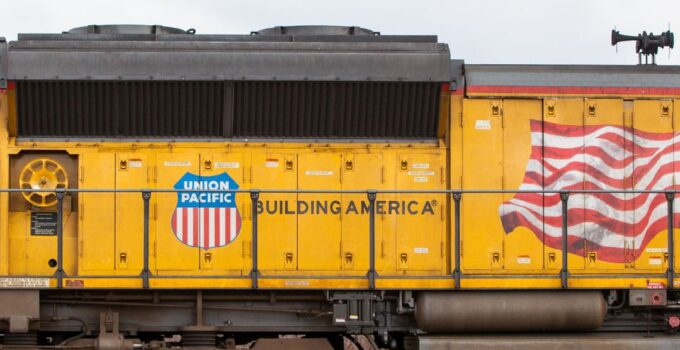Union Pacific and Norfolk Southern have signed a landmark merger agreement that could reshape the future of U.S. freight. The combined company would create the country’s first coast-to-coast railroad, spanning 50,000 miles across 43 states and connecting nearly 100 ports on both oceans.
Valued at $85 billion, the deal gives Norfolk Southern shareholders a mix of cash and Union Pacific stock, delivering a 25% premium over recent share prices. The combined company is projected to generate $2.75 billion in annual savings through route optimization, better scheduling, and the elimination of handoffs between carriers.
Union Pacific’s CEO described the move as the next evolution of American infrastructure—streamlining freight movement across the country, reducing delays, and offering greater reliability to shippers. Norfolk Southern leadership added that the merger will enhance service while maintaining union jobs and improving safety standards.
Industry experts say this deal could unclog major bottlenecks like Chicago, reduce transit time for coast-to-coast shipments, and offer rail freight a competitive edge over trucking. But not everyone is cheering. Concerns are growing around market dominance, pricing power, and the broader impact on competition. Regulators are expected to scrutinize the merger heavily, and concessions may be required before approval.
The move follows a wave of consolidation across the industry, and it’s likely to prompt rival rail giants to consider their own megadeals. If completed, the merger could shift the entire landscape of American logistics—unlocking faster, cheaper, and more efficient freight travel from east to west.
The deal now heads for regulatory review and shareholder approval. If everything goes to plan, America’s first transcontinental rail network could be live by early 2027.



